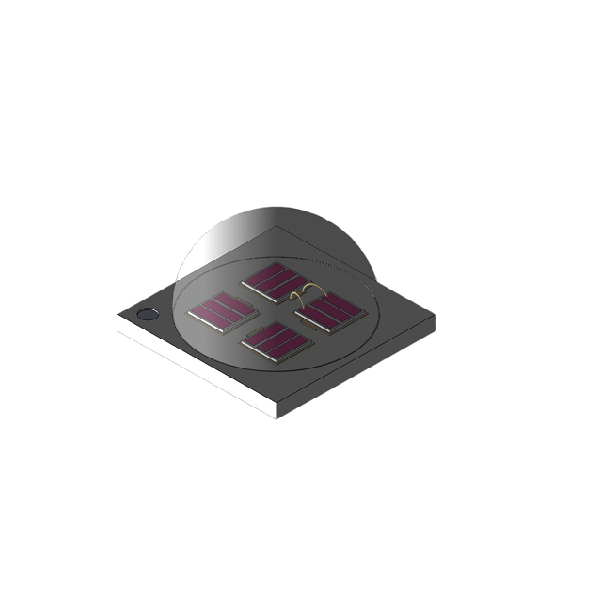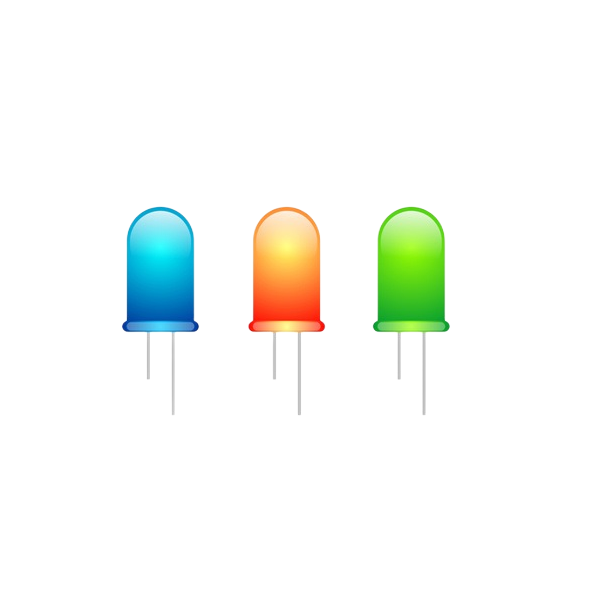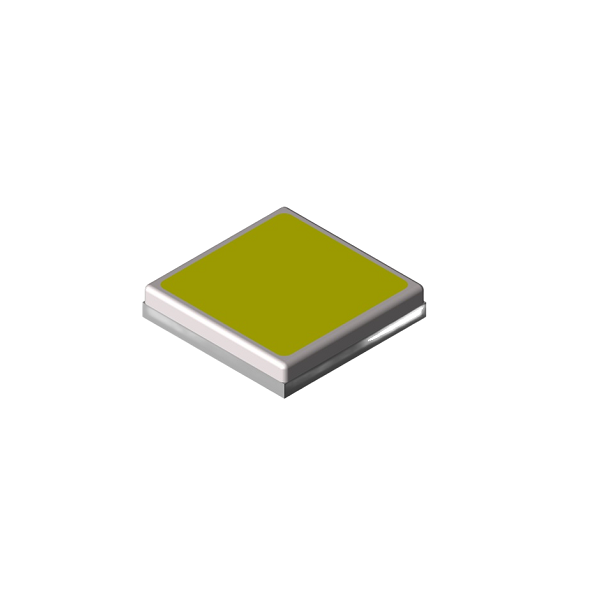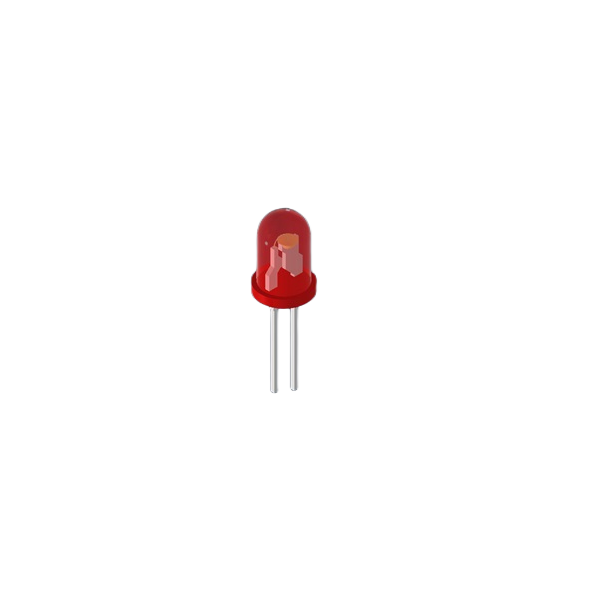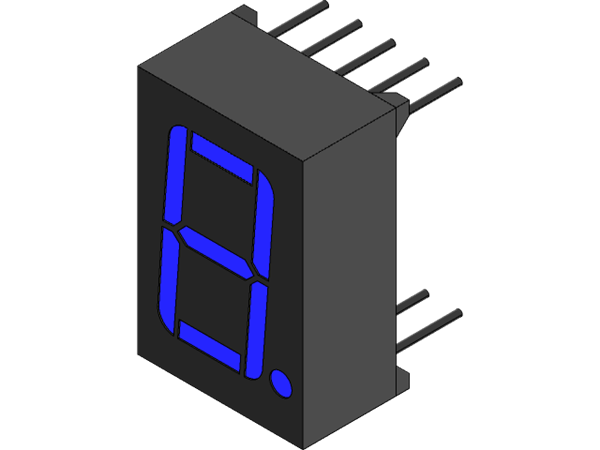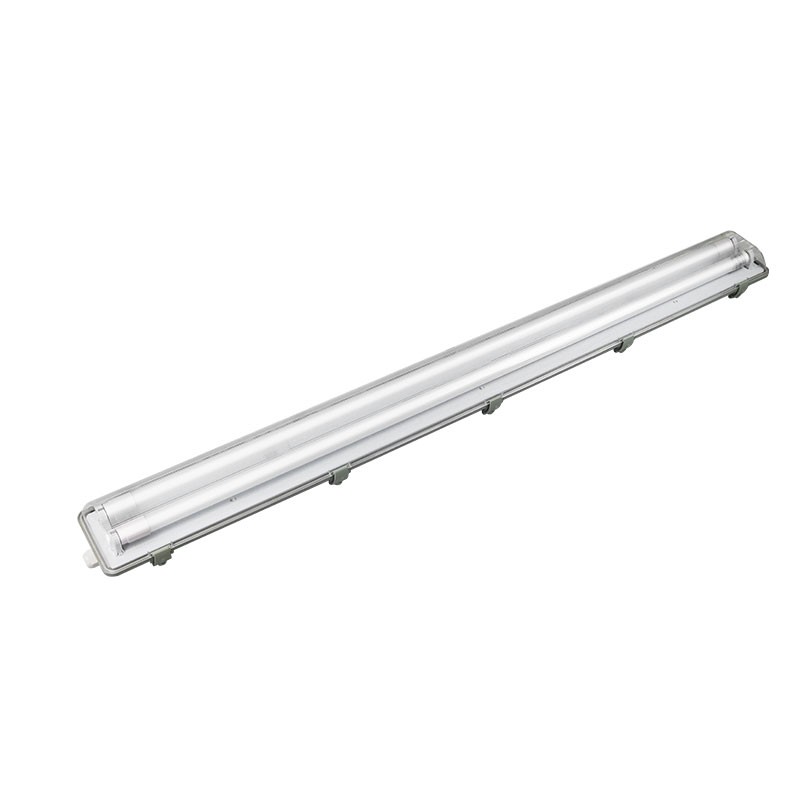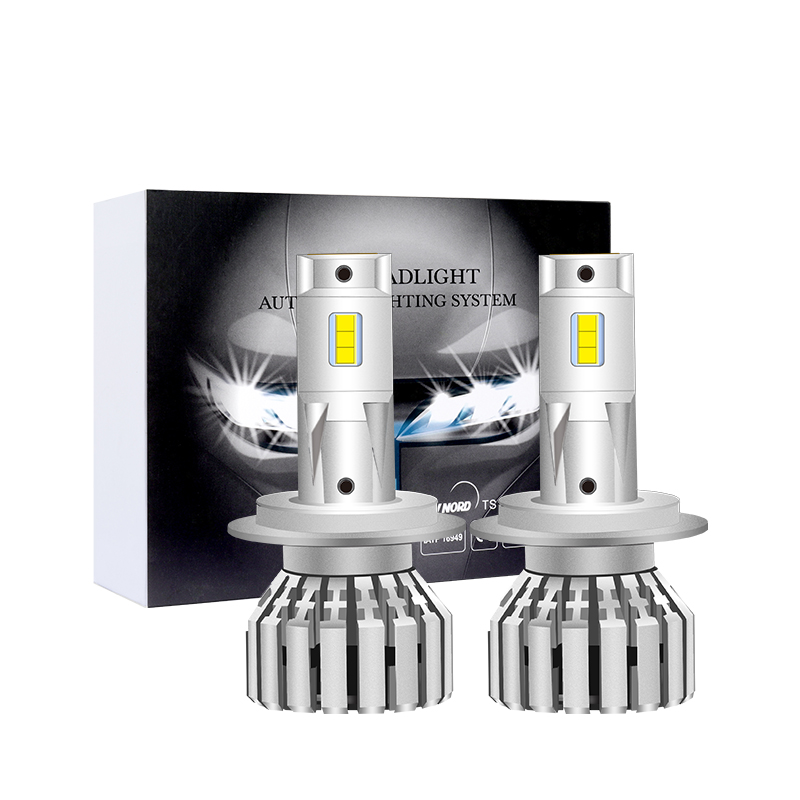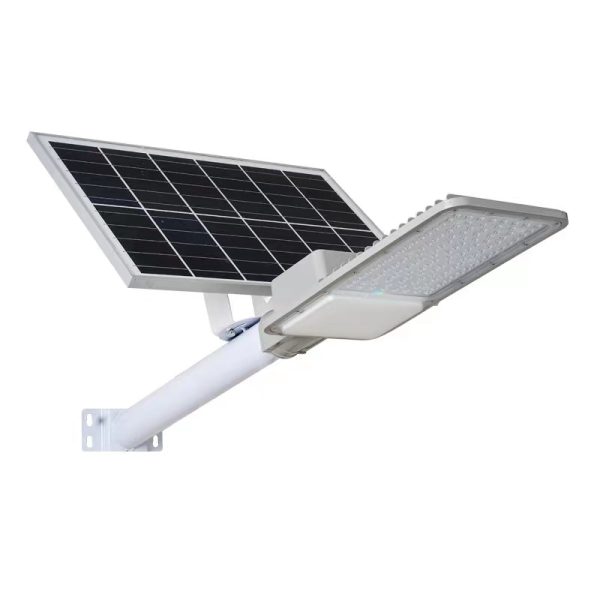LED brightness unit
Luminous intensity: The measurement units of luminous intensity include illuminance unit (lux), luminous flux unit (lumen Lumen), luminous intensity unit (candle power). 1CD (candle power) refers to a completely radiated object;
Luminous intensity per sixtieth square centimeter area at the freezing point of platinum. (It used to refer to a whale oil candle with a diameter of 2.2 cm and a mass of 75.5 grams, burning 7.78 grams per hour, a flame height of 4.5 cm, and the luminous intensity along the horizontal direction) 1L (lumen) refers to 1 CD candlelight irradiated at a distance of 1 cm , the luminous flux on a plane with an area of 1 cm2.
1Lux (lux) refers to the illuminance at which 1L of luminous flux is evenly distributed on an area of 1 square meter. Generally, the active luminous body adopts the unit of luminous intensity, candlepower;
CD, such as incandescent lamps, LEDs, etc.; reflective or penetrating objects use luminous flux unit lumen LM, such as LCD projectors, etc.; and illuminance unit Lux,
Generally used in photography and other fields. The three units of measurement are numerically equivalent, but need to be understood from different perspectives. For example: if the brightness (luminous flux) of an LCD projector is 1600 lumens, and the size of its projection onto a fully reflective screen is 60 inches (1 square meter), its illuminance is 1600 lux, assuming that its light outlet is 1 cm, and the area of the light outlet is 1 square centimeter, then the luminous intensity of the light outlet is 1600CD.
However, due to the loss of light transmission, loss of reflection or light-transmitting film, and uneven distribution of light, the brightness of a real LCD projector will be greatly reduced. Generally, an efficiency of 50% is good. In actual use, light intensity calculations often use data units that are easier to survey and map or change directions.
For active illuminants such as LED displays, CD/square meter is generally used as the unit of luminous intensity, and the viewing angle is used as an auxiliary parameter, which is equivalent to the illuminance unit lux on the surface of the screen; this value is compared with the effective display area of the screen. Multiplied together, the luminous intensity of the entire screen at the best viewing angle is obtained, assuming that the luminous intensity of each pixel in the screen is constant in the corresponding space,
Then this value can be considered as the luminous flux of the whole screen. Generally, the outdoor LED display must reach a brightness of more than 4000CD/square meter to have an ideal display effect under sunlight. For ordinary indoor LEDs, the maximum brightness is about 700-2000 CD/square meter.
The luminous intensity of a single LED is in CD, and it is equipped with viewing angle parameters. The luminous intensity has nothing to do with the color of the LED. The luminous intensity of a single tube varies from a few mCDs to five thousand mCDs. The luminous intensity given by the LED manufacturer refers to the point where the LED lights up at a current of 20mA, the best viewing angle and the center position with the highest luminous intensity.
The shape of the top lens and the position of the LED chip from the top lens when packaging the LED determine the LED viewing angle and light intensity distribution. Generally speaking, the larger the viewing angle of the same LED, the smaller the maximum luminous intensity, but the accumulated luminous flux on the entire three-dimensional hemisphere remains unchanged. When multiple LEDs are arranged closely and regularly, their luminous spherical surfaces overlap with each other, resulting in a relatively uniform distribution of luminous intensity across the entire luminous plane. When calculating the luminous intensity of the display screen, it is necessary to multiply the maximum point luminous intensity value provided by the manufacturer by 30% to 90% according to the LED viewing angle and the LED emission density, as the average luminous intensity of a single tube.
Generally, the luminous life of LEDs is very long, and manufacturers generally mark it as more than 100,000 hours. In fact, attention should also be paid to the brightness decay cycle of LEDs. Only half of the original. The brightness decay period has a lot to do with the material process of LED production.
Generally, four-element LEDs with slower brightness decay should be selected when economic conditions permit. Color matching and white balance: White is a mixture of red, green and blue according to the brightness ratio. When the brightness of green in the light is 69%, the brightness of red is 21%, and the brightness of blue is 10%. Arrived in pure white.
However, the chromaticity coordinates of the red, green and blue colors of LED cannot achieve the effect of the full spectrum due to the process and other reasons, and controlling the brightness of the primary colors including the deviation of the primary colors to obtain white light is called color matching. Before color matching for full-color LED displays, in order to achieve the best brightness and the lowest cost, try to choose LED devices with a ratio of 3:6:1 to form pixels. White balance requires that the three primary colors synthesized under the same gray value are still pure white. Primary color, primary color: Primary color refers to the basic color that can synthesize various colors. The primary colors in color light are red, green, and blue. The figure below is a spectrum table, and the three vertices in the table are ideal primary color wavelengths. If the primary color deviates, the area where the color can be synthesized will decrease, and the triangles in the spectral table will shrink. From a visual point of view, the color will not only deviate, but also reduce the richness.
The red, green and blue light emitted by LEDs can be roughly divided into purple red, pure red, orange red, orange, orange yellow, yellow, yellow green, pure green, emerald green, blue green, pure blue, blue purple, etc. according to their different wavelength characteristics and orange red. , Yellow-green, and blue-purple are much cheaper than pure red, pure green, and pure blue. Among the three primary colors, green is the most important, because green occupies 69% of the brightness of white, and is in the center of the color horizontal arrangement table. Therefore, when weighing the relationship between the purity of the color and the price, green is the most important object to consider.
It is forbidden to use the above content without the authorization of the author, and the reprint must note the source of this content reprint or the consent of Queendom


